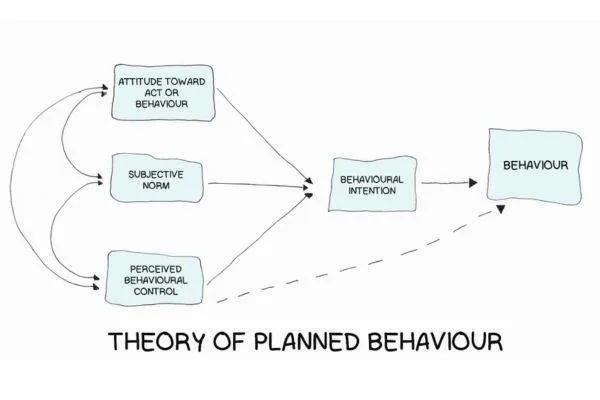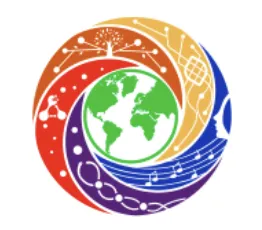New Blog Entry Every Thursday
Discover and Delight in How the 3 Step Reciprocity Cycle Comes to Life Each Week!

Theory of Planned Behavior
“If you don't like something, change it. If you can't change it, change your attitude." -- Maya Angelou
As I prepare the social ROI plan for "How on Earth?" I'm bumping into a bunch of behavior change theories that align quite well with the 3 Step Reciprocity Cycle. So I plan to share -- starting with the Theory of Planned Behavior.
Acknowledge Earth Is Our Home
I've often felt that if people don't resonate with this first step, they won't be here. It's so foundational. Yet so often forgotten. So including it is a remembering...a saying of that thing out loud...an assumption made explicit.
Doing so was part of the a-ha that has catapulted me here.
Thus, it aligns with "Attitude" in the Theory of Planned Behavior. It represents an individual's overall evaluation of a behavior, either positive or negative.
For example, someone might have a positive attitude toward exercising if they believe it will improve their health.
Acknowledging Earth is Our Home is certainly more specific that positive or negative -- but let's face it. So is my attitude toward exercise.
But both provide the overarching frame or perhaps a vibe.
By saying "earth is our home," you will either feel the positive emotion of awe or not. If you do, you're probably ready for step 2...
Discover Your Earth Archetype
The Earth Archetype quiz is intended to help people shift from "What can I do?" which keeps you stuck to "Who am I?" because it can help you get a sense of your skills, traits, points of view, etc.
From what an Organizing 101 presentation said was a shift from "What can I do?" to "What am I willing to do?"
These both touch deeply on "Perceived Behavioral Control."
This is an individual's belief about their ability to perform a behavior. This reflects the perceived ease or difficulty of performing the behavior.
For example, someone might believe they have the resources and skills to quit smoking (high perceived behavioral control) or that it would be too difficult (low perceived behavioral control).
So if Attitude was about positive/negative, this one is about easy or difficult -- all based on current view of skills, resources, and traits.
And as creatures of comfort and a time when we would prefer to pop a pill than do the exercise, this is a big one.
And that's part of the reason I etched Earth Archetypes out as a point of self identification. To make the process easier. To get a scaffold to lean on until someone is ready to take off the training wheels.
And though, I'm not quite sure anymore that this is the highest and best use of the Earth Archetypes because it's proving more logical than emotional, I still think it's valuable.
Perhaps after step 3 is addressed...
Work Together in Community
I've long know that the power of Earth Archetypes is putting them into story. Though I do think at first, I was blinded a bit by the hero's journey troupe. And the power of seeing yourself represented in that hero.
And yes, this is powerful in everything from actress Hale Bailey in Little Mermaid to the sexually active high schoolers in East Los High that taught a group of kids just like them to wear condoms.
But characters (perhaps more powerfully) become our friends -- just like Will in Will & Grace, your favorite Twitch streamer, and Nancy Drew. And we love them for the ways they are similar and the ways they are different.
Well, in the Theory of Planned Behavior, societal norms take this from the individual level to larger communities, groups, and systems.
In this model, it includes the perceived social pressure to perform or not perform a behavior. This is influenced by what the individual believes others think they should do. AKA good ol' fashioned peer pressure.
For instance, a person might feel social pressure to attend a family gathering, even if they don't want to.
Even RARE which studies climate behaviors emphasizes the potency of this step:

All 3 reasons are essentially nuances of peer pressure.
So the step of Working Together in Community goes well past utilizing each other's differences to make something even greater...
But perhaps the real stuck point that we don't dare say out loud.
We'll look deeper into that in next week's blog.
Postscript
Now, I know this comparison isn't perfect. And I also know that the theory has it's debatable parts. In fact, some graphs show a wide variety of beliefs and motivations that exist before attitude, control, and societal norms. So I'm curious...after reading this, what do you think?
Support the Blog
Let's tell stories that help people imagine what's possible.
© 2024 AMPLIFY CURIOSITY, LLC | ALL RIGHTS RESERVED TERMS & CONDITIONS | PRIVACY POLICY

